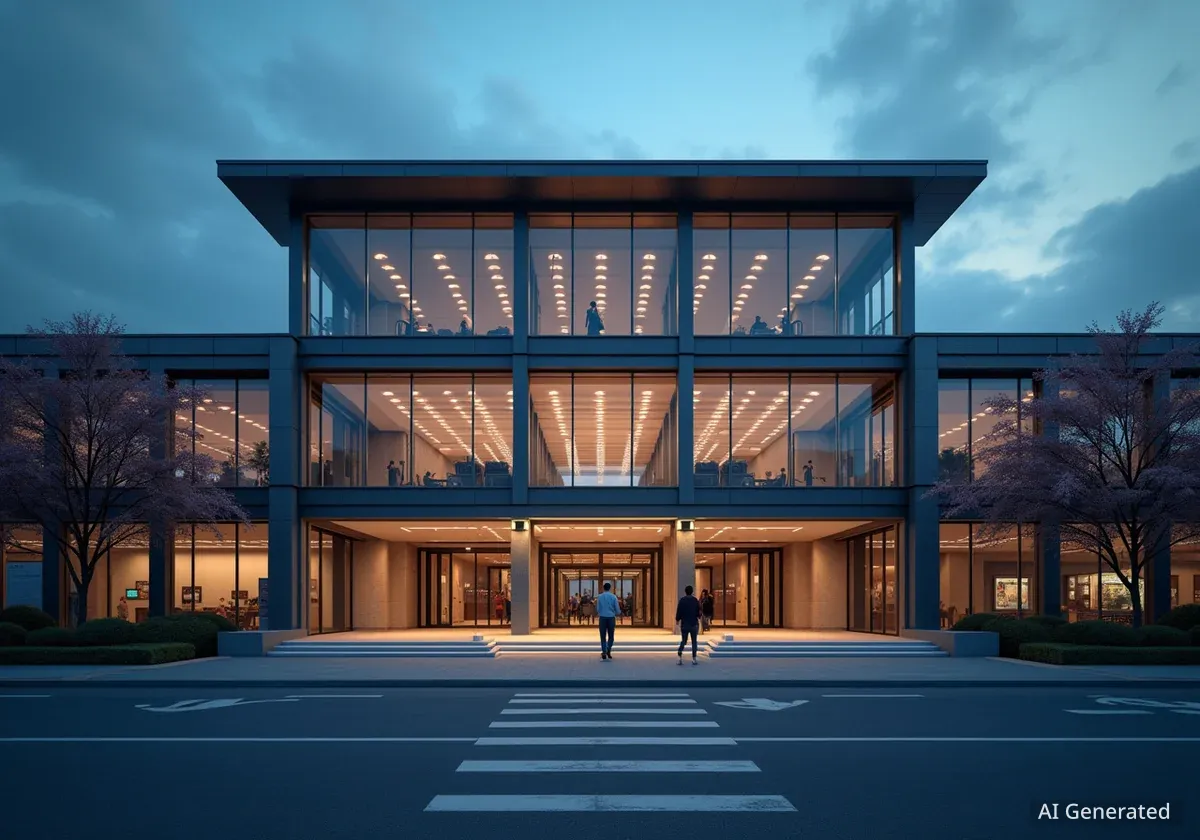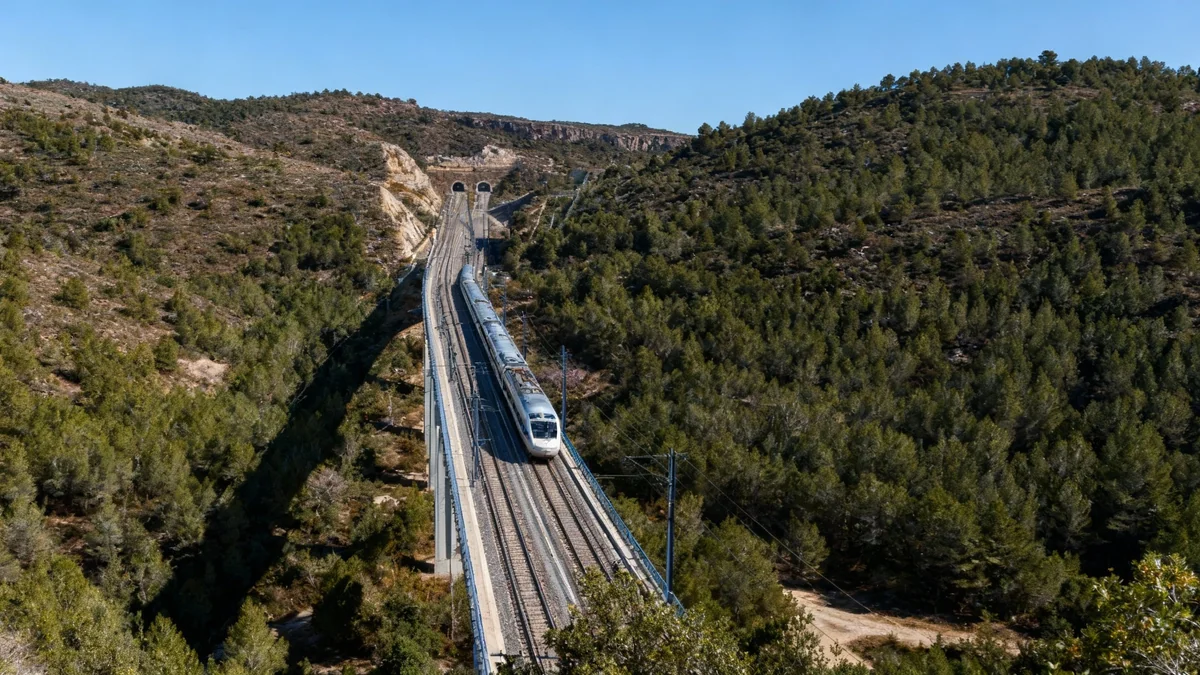Los Angeles Metro is advancing a major heavy-rail project, the Sepulveda Transit Corridor, designed to connect the San Fernando Valley with the Westside in approximately 20 minutes. The project aims to provide a high-speed alternative to the chronically congested 405 freeway, one of the nation's busiest traffic arteries.
Currently in the environmental review phase, the proposal outlines two primary alternatives featuring eight new stations. These plans have recently gained support from officials in Culver City, marking a step forward for the ambitious infrastructure overhaul.
Key Takeaways
- A new heavy-rail line, the Sepulveda Transit Corridor, is planned to connect the San Fernando Valley and the Westside.
- The projected travel time for the full route is under 20 minutes, offering significant relief from 405 freeway traffic.
- Two main route alternatives, known as 4 and 5, are under consideration, each proposing eight new stations.
- Trains are expected to run at speeds up to 70 mph, with service as frequent as every 90 seconds during peak hours.
- The new line will integrate with existing Metro D, E, and G Lines, as well as Amtrak and Metrolink services.
Tackling One of LA's Toughest Commutes
For decades, the journey over the Sepulveda Pass has been a symbol of Los Angeles traffic gridlock. The proposed Sepulveda Transit Corridor directly addresses this challenge by creating a public transit link between two of the city's most populated and economically vital areas.
The primary goal is to shift a significant number of commuters from the 405 freeway to a reliable, high-frequency rail system. By offering a predictable travel time, Metro hopes to make public transit a more attractive option for daily commuters, UCLA students, and travelers heading toward LAX in the future.
Project Background
The Sepulveda Transit Corridor is a cornerstone of Los Angeles County's long-term transportation strategy. It is part of a broader investment in public transit aimed at improving mobility, reducing vehicle emissions, and preparing the city for major events like the 2028 Olympic Games.
A Look at the Proposed Stations and Route
Both alternatives under review include eight strategically placed stations designed to maximize connectivity and serve key destinations. The line would begin at the Van Nuys Metrolink station in the Valley and run south to the Sepulveda/E Line station on the Westside.
The proposed station stops are:
- Van Nuys/Metrolink
- Sherman Way/Sepulveda
- Sepulveda/G Line (connecting to the Orange/G Line busway)
- Sepulveda/Ventura
- UCLA Station
- Wilshire/Westwood (connecting to the D Line subway)
- Santa Monica
- Sepulveda/E Line (connecting to the E Line light rail)
The estimated travel time between these stations demonstrates the project's focus on speed. For instance, the longest segment, a deep tunnel beneath the Santa Monica Mountains from Ventura Boulevard to UCLA, is projected to take just 6.5 minutes.
Comparing the Two Leading Alternatives
While the station locations are consistent, the two primary proposals, Alternative 4 and Alternative 5, differ in their construction approach, particularly on the Westside.
Alternative 4: A Hybrid Approach
This plan proposes a mix of construction styles. The four stations in the San Fernando Valley would be built above-ground, while the four stations on the more densely populated Westside would be located underground.
Alternative 5: Primarily Underground
Favored for its smaller surface footprint, Alternative 5 would place most of the Westside portion of the line underground. This approach is designed to minimize disruption during construction and reduce the project's visual impact in neighborhoods like Westwood and West Los Angeles.
Both alternatives are designed to provide a seamless connection to Metro’s existing D, E, and G Lines, in addition to regional rail services like Amtrak and Metrolink.
High-Speed, High-Frequency Service
A key feature of the Sepulveda Transit Corridor is its planned operational capacity. The heavy-rail trains are expected to reach speeds of up to 70 miles per hour, a significant increase over light-rail systems.
Projected Service Details
- Top Speed: Up to 70 mph
- Peak Hour Frequency: Trains every 90 seconds to 2.5 minutes
- Total Route Time (end-to-end): Approximately 19.2 minutes
This high frequency is critical to the project's success. By ensuring that riders rarely have to wait more than a couple of minutes for a train during peak commute times, Metro aims to create a service that is not just fast, but also exceptionally convenient.
The project represents a major step in Los Angeles's evolution toward a more connected and sustainable urban environment. As it moves through the environmental review process, planners will continue to refine the details before a final route is selected and construction begins.





